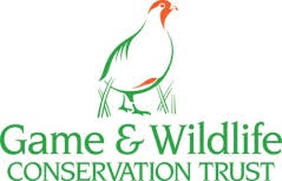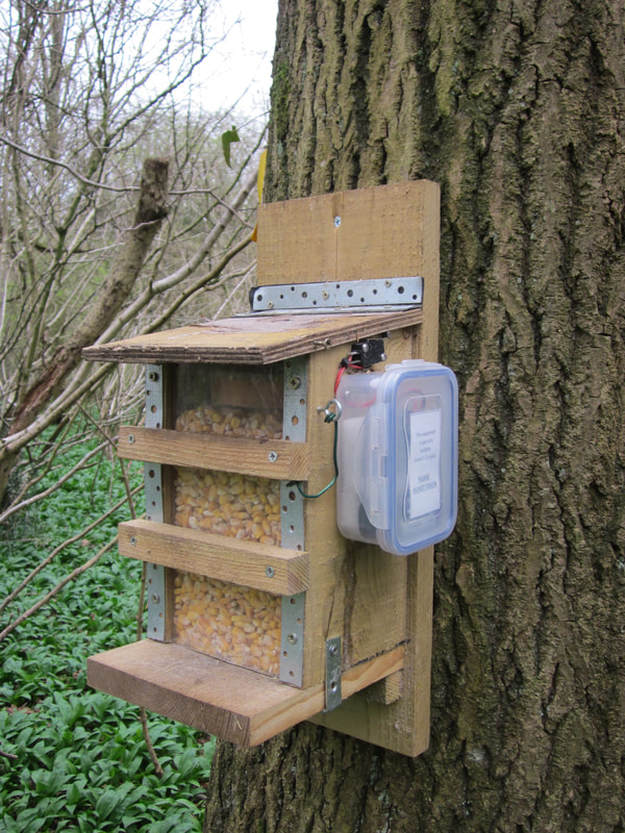Stoats, ferrets and weasels in New Zealand are invasive predators, while in Britain they are still predators but also native animals and part of their biodiversity. During a recent visit to the UK we were fortunate to meet and engage with a number of specialist predator control staff working with the Game & Wildlife Conservation Trust. This was particularly enlightening because while they work with some predatory mammal species that also occur in New Zealand, most notably stoats, ferrets and weasels, for them these are native animals that are part of their biodiversity, whereas for us they are invasive introduced predators  Interestingly, they also face the impacts of introduced predatory mustelids, in their case the voracious American mink. As New Zealanders, we should be most grateful for the accident of history that did not see this species introduced to our shores as the historic Acclimatisation Society's tried to introduce pretty well everything else at one time or another. Our first meeting with GWCT staff was when we attended a tunnel trapping course run for Scottish gamekeepers near Edinburgh. During a very informative afternoon we learnt the finer details and some of the tricks that have been developed for landscape management of predators using tunnel traps, particularly Fenn traps, a trap that will soon be outlawed for trapping stoats across the UK. Interestingly, the only current alternatives are New Zealand traps as UK law requires traps to be tested for humaneness and registered for use before they can be deployed in the field. Much further south we spent a fantastic day at the GWCT national headquarters near Salisbury where we met Drs Jonathan Reynolds and Mike Short, two of the Trust's predation research scientists. Jonathan has a lifetime of predation research experience and led the project to develop and test the deceptively simple but devastatingly effective mink raft trapping system to control and potentially eradicate American mink from river catchments. Mike is currently working on fox research using GPS tracking collars and is discovering a lot that isn't already known about this iconic predator. He has even discovered how to completely fit a GPS collar one handed while holding a fox intent on escape with the other. We also had the opportunity to visit a grey squirrel research site where Jonathan is searching to find a way to effectively control this fast breeding introduced squirrel so the threatened native red squirrel may one day be able to recapture some of its former range throughout Britain. This was a particularly interesting site visit as it reinforced that while many threatened species have been seriously impacted by predation, threats from aggressive invasive competitors can also have a similar result. The key takeaway from our time with these specialists was that potentially the most effective predator and competitor control techniques rely on two things:
These two reflections remind us of the essential truth behind the KISS principal and that a parsimonious solution should always be preferred over complexity.
0 Comments
Your comment will be posted after it is approved.
Leave a Reply. |
What's in a Name?The familiar saying "A bird in the hand is worth two in the bush" warns about the risks that come with trying to achieve more by challenging the status quo. Categories
All
Archives
January 2022
|
|
Copyright © Synovus Technology 2018 - 2023
All Rights Reserved |


 RSS Feed
RSS Feed
